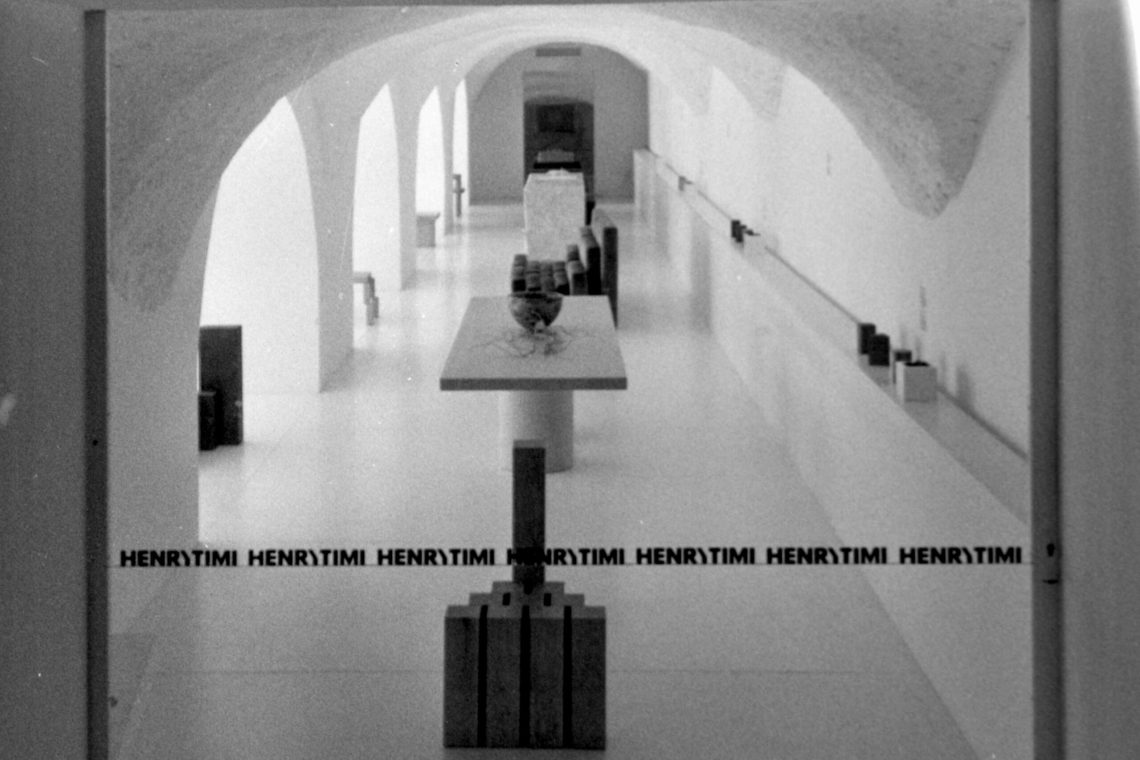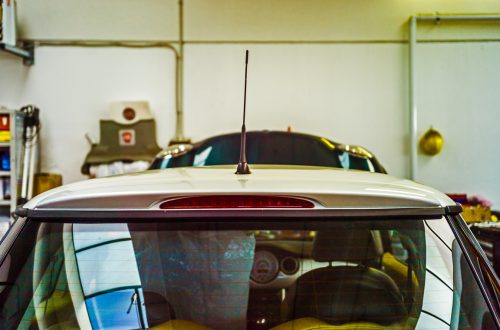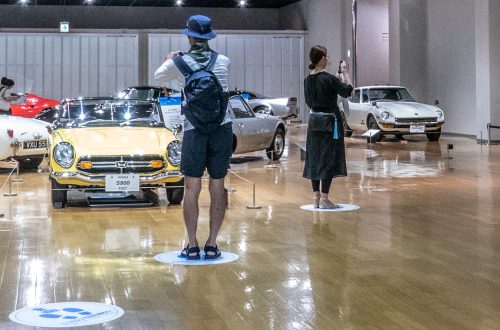
On Detachment. Or ‘If You Love Something, Set It Free’ (cit. Sting)
A number of philosophies and religions preach the virtue of detachment from things as a path to enlightenment. When applied to gear, this advice won’t only save your soul —if you believe there’s one— but also your money and, last but not least, your photograph experience. This means avoiding the development of ‘feelings’ towards a camera or a lens that shift from appreciating their value as a tool to some sort of ‘personal engagement’. Initially published on 35mmc.com
As odd as it sounds, such an attitude towards an inanimate object is more frequent than one may imagine. A paradigmatic case is the attachment of AIBO’s owners to their robotic pets: they developed such a strong bond that they requested a funeral service when the toy broke or ceased to function.
It would be a simplistic approach to label this behaviour as an oddity or as one of the many unconventional things people do in (and with) their lives. Humans have been using tools for millennia, and this connection is something we have experienced for a considerable length of time. Tools have played an instrumental role in facilitating survival and meeting our aesthetic needs. As a symbol, they have the capacity to act as a catalyst for both positive and negative endeavours. It is not unexpected that an intangible connection may be established. However, it is important to note that the perceived energy of an object, whether positive or negative, is influenced by our own state of mind and not by the object itself.
The point of all these musings is simple: understanding why we feel ‘attached’ to a specific camera or lens allows us to express ourselves better through photography. If we see a camera as an inanimate tool, we can focus on how to use it and make the most of it. By contrast, if we turn the camera into some sort of relic to be worshipped, it will be the camera that governs us.




